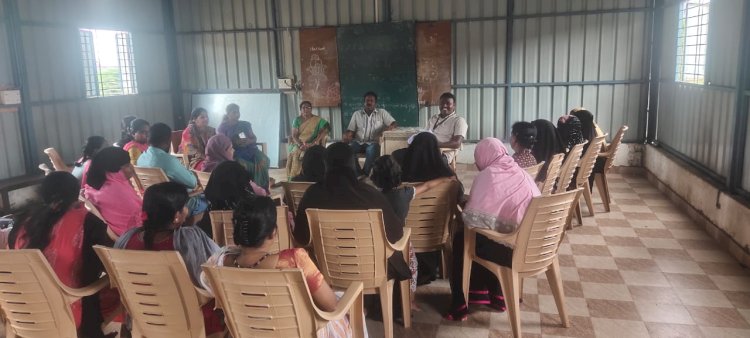Samagra Shikshana Evaluation- Steps towards Inclusivity, Equity and Quality in Education
Samagra Shikshana Evaluation- Steps towards Inclusivity, Equity and Quality in Education

Dear Readers,
We unanimously agree on education being the most important tool for social, economic, and political transformation. Good quality education is the foundation of new discoveries, knowledge, innovation, and entrepreneurship that trigger the growth and prosperity of the individual as well as that of a nation. In sync with UN SDG 4, the government has been implementing Samagra Shiksha - an overarching programme for the school education sector extending from pre-school to class 12, prepared with the broader goal of improving school effectiveness measured in terms of equal opportunities for schooling and equitable learning outcomes. It subsumes the three erstwhile Schemes of Sarva Shiksha Abhiyan (SSA), Rashtriya Madhyamik Shiksha Abhiyan (RMSA) and Teacher Education (TE).
With the need for holistic evaluation under this scheme in Karnataka, Samagra Shikshana Karnataka Evaluation study has been commissioned by Karnataka Monitoring & Evaluation Authority from 2018-19. GRAAM has been entrusted with undertaking this evaluation, which has an exploratory value for studying early on-ground attempts and challenges administratively and operationally converging preschool education to school education, and school education to PU education.
In the past two months, secondary data has been collected from various sources under such as UDISE & SATS. Primary data collection has also been finished for 33 talukas for schools in the lower primary, higher primary and high school levels. The schools are divided into the categories of beneficiary and non-beneficiary. Beneficiaries are the government and private aided schools that have received the benefits of the Samagra Shikshana scheme. The rest, private unaided schools, are the ones that have not benefited from the scheme.
One of the objectives of the study is to understand how benefits are distributed across the Talukas, and whether various educational outcomes differ across the Talukas (across gender and social categories) because of the benefits or the absence of the same. Teachers are also being surveyed. In addition, students who have missed the tenth-class exams, and headmasters of schools are being surveyed to understand aspects of learning outcomes, attendance and dropout rates. Secondary data analysis and primary data analysis and interim report preparation is ongoing presently.
The ongoing study holds immense significance for the realm of education. By collecting both secondary and primary data from diverse sources, including beneficiary and non-beneficiary schools, teachers, students, and headmasters, this study provides a holistic view of the impact of the scheme on educational outcomes. Understanding of benefit distribution and differential educational outcomes is crucial for policymakers.
Moreover, by evaluating aspects such as learning outcomes, attendance, and dropout rates, the study contributes to evidence-based decision-making, fostering a data-driven approach to education policy formulation and implementation. Ultimately, the study serves as a vital tool in enhancing the quality and equity of education in Karnataka, paving the way for informed and targeted interventions towards the outcomes of the scheme- Universal Access, Equity and Quality, promoting Vocationalisation of Education and strengthening of Teacher Education Institutions.
What's Your Reaction?





















